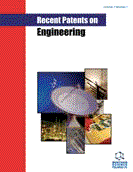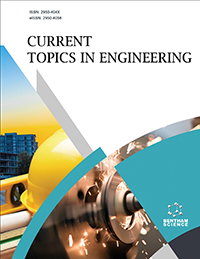
Abstract
Aim: This research work aimed at the design, simulation, and validation of a lower limb exoskeleton for rehabilitation. The device can provide regressive gait training for patients suffering from lower limb mobility disorders.
Background: People suffering from mobility disorders, such as spinal cord injuries, and other related diseases are in high proportion. Exoskeletons play a vital role in enhancing the lifestyle of people with disorders. Devices that provide locomotion assistance and help in reducing the burden of therapists through effective and repetitive gait training are in high demand. Exoskeletons have further extended to the fields of the military to enhance the performance of physically abled persons. Prototype development of lower limb exoskeletons is too expensive and many of them are patented. The requirement for this system to perform human trials is subjective to several medical and ethical norms. Thus, there exists a need to evaluate and validate the exoskeleton designs.
Methods: In this work, the design has been made inclusive of different body shapes and sizes. The device has been modeled in SOLIDWORKS and its structural integrity has been analyzed using the ANSYS software. Later, the model has been subjected to environmental assessment and then motion analysis using the ADAMS software.
Results: The structural integrity analysis has revealed the design to be adequate to carry the applied load as the stresses induced were less than the yield strength of the material. The sustainability analysis showed that LLE made of aluminium alloy had less impact on the environment relative to the other two materials.
Conclusion: The kinematic simulation revealed that the angular amplitudes, the reaction force of the right hip and knee joint, and the contact force between the shoe and the ground of the exoskeleton agreed well with the experimental findings of the literature.
Keywords: Lower limb exoskeleton, gait training, simulation, sustainability, rehabilitation, modeling.
[http://dx.doi.org/10.1016/j.gaitpost.2010.11.016] [PMID: 21232961]
[http://dx.doi.org/10.1016/j.medengphy.2012.02.003] [PMID: 22421099]
[http://dx.doi.org/10.3901/CJME.2015.0525.075]
[http://dx.doi.org/10.1007/978-981-15-8354-4_43]
[http://dx.doi.org/10.1155/2014/585837]
[http://dx.doi.org/10.3390/met13050922]
[http://dx.doi.org/10.3390/agriculture13020361]
[http://dx.doi.org/10.1088/1742-6596/1455/1/012028]
[http://dx.doi.org/10.1080/19397038.2020.1871443]
[http://dx.doi.org/10.1017/S0263574714002069]
[http://dx.doi.org/10.4108/eai.7-9-2021.2314896]

























